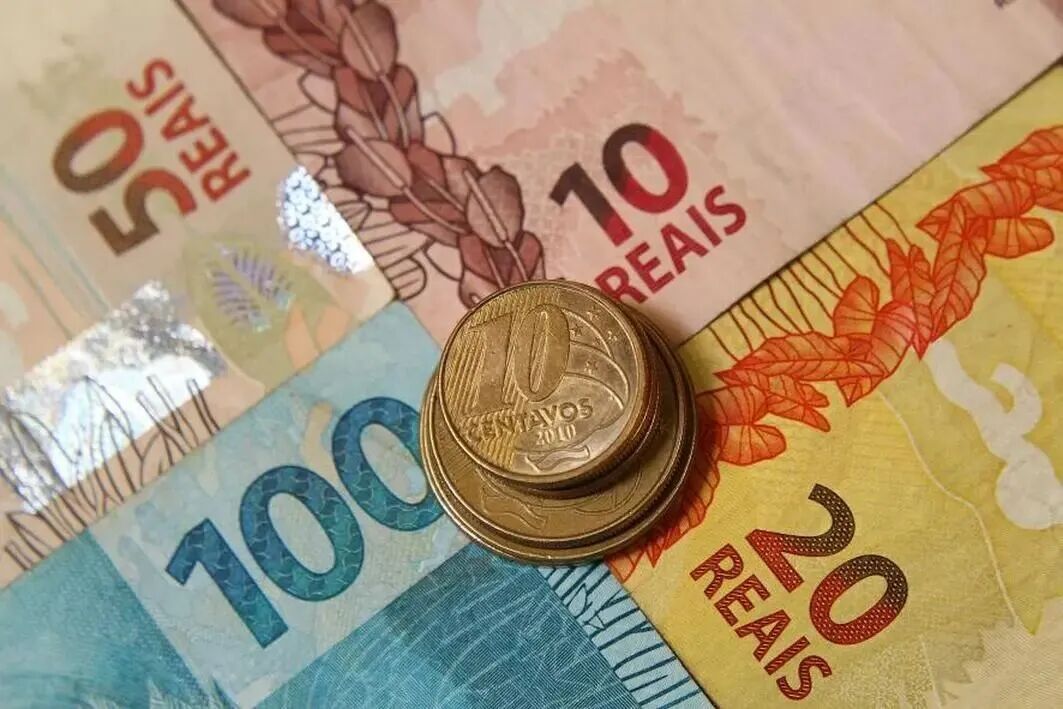
On October 22, at the close of trading, the Real fell by 0.13%, with the dollar rising to 5.397 against the Real. Influenced by news of the United States planning to strengthen restrictions on technology exports to China, the dollar suddenly strengthened in the afternoon, putting pressure on the Real, ending the upward trend of the previous two days. Despite limited domestic market news in Brazil on that day, investors' cautious sentiment regarding Brazil's fiscal outlook further constrained the performance of the local currency.
In the morning, the USD/BRL exchange rate stabilized within a narrow range, with a strong sense of market caution. However, in the afternoon, Reuters reported that the U.S. government is considering restrictions on key software exports to China, including laptops, jet engines, and other sensitive technology areas. This news heightened market risk aversion sentiment, leading to a general strengthening of the dollar against emerging market currencies, causing the Real to decline.
In terms of geopolitics, U.S. President Trump stated that a meeting with Chinese leaders "could lead to an agreement," but also did not rule out the possibility of the talks being canceled. Expectations were held for high-level discussions between China and the U.S. during the Asia-Pacific Economic Cooperation (APEC) meeting, but uncertainties remained.
Domestically in Brazil, despite the lack of significant economic data releases, investors continued to monitor the new round of legislative processes driven by the government to offset the fiscal deficit. Finance Minister Haddad confirmed that the revenue and expenditure control originally planned through the rejected Provisional Measure No. 1303 would now be pursued through two separate bills. These measures are expected to have a fiscal impact of over 31 billion Reals by 2026. Analysts pointed out that if these proposals face difficulties, it could exacerbate market doubts about the government's fiscal commitments.
Although Brazil currently maintains a high-interest-rate environment, providing medium-term support for the Real, in the short term, fiscal uncertainties and external news disturbances are expected to cause the exchange rate to continue fluctuating around 5.40. If the market loses confidence in the government's compensation plan, the dollar may attempt to break through the 5.50 level once again.
